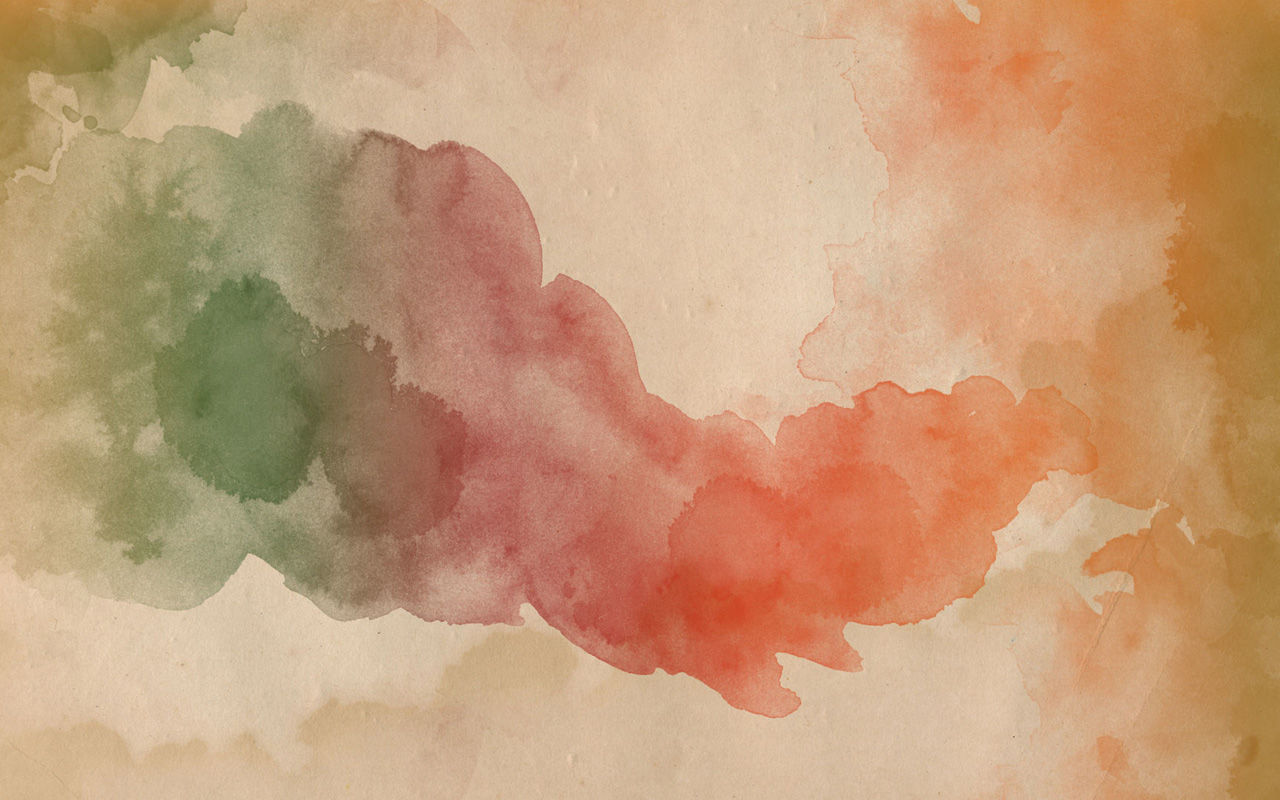How has digital art revolutionized the world of art since pixels to AI masterpieces?
- Yuliana Arles

- Apr 11, 2023
- 3 min read
Updated: Oct 26, 2024
During a time when the first computers were only a gimmick in the hands of mathematicians and scientists, very few could have imagined the enormous impact it will have on our lives. However, it is worth noting that the field of art has also undergone profound changes as a result of the digital revolution.
Let me take you on a journey through history as we explore the evolution and transformative influence of digital art on the art field, tracing its origins in the earliest computer displays to the mind-boggling masterpieces created by artificial intelligence.
Since the technology of electronics has become such an important part of modern life, it is inevitable that it be employed in the creation of art - Ben F. Laposky, 1969

The rise of digital art

The genesis of digital art can be traced back to the 1950-60s, when a group of visionary artists and engineers began to explore the untapped potential of computers as creative tools. The realm of algorithmic art and computer-generated drawings was pioneered by innovators such as Ben F. Laposky, Michael Noll and Georg Nees, who paved the way for future generations of digital artists.

The 1970s and 1980s witnessed rapid advances in computer graphics: raster and vector graphics were invented, enabling the creation of more complex and detailed digital images.
At the same time the rapidly developing video game industry began to gain momentum, capturing the imagination of millions of people and further pushing digital art into the mainstream.
Innovative artists such as David Em and Harold Cohen (creator of AARON, a computer program designed for autonomous creation of artwork) used new technologies to create exciting digital paintings and drawings. Simultaneously, video games such as Pong, Space Invaders and Pac-Man left an indelible mark on a new popular culture, demonstrating the creative potential of digital art and computer graphics.
The Internet, multimedia and the rise of digital art platforms
In the 1990s, when the Internet became widely available, digital artists gained a new global platform for sharing their creations and for collaborating with other artists. The World Wide Web facilitated the emergence of numerous digital art platforms and communities, allowing artists to showcase their artwork and experiment with new forms of artistic expression.
Multimedia programs such as Adobe Photoshop and Macromedia Flash have transformed digital art by providing artists with powerful tools for manipulating images, creating animations and interactive experiences.
These innovations opened the way for the digital art boom of the early 21st century, leading to diverse and eclectic styles, from glitch-art to net-art and beyond.
An art-tech intersection and the birth of artificial intelligence
In recent years, the integration of artificial intelligence (AI) into the creative process has opened up a new era of digital art. AI algorithms such as DeepArt, NeuralStyler, and DeepDream have enabled artists to create amazing works of art that challenge traditional notions and our preconceptions about creativity.

The 2018 auction of an AI-created painting, Portrait of Edmond de Bellamy, by French art team Obvious, was a pivotal moment, highlighting the growing fascination with art. The piece gained fame when Christie's revealed plans to auction it as their first AI-generated artwork. It exceeded the expected $7,000-$10,000 value, ultimately selling for $432,500. The creation of artwork by artificial intelligence has ignited a spirited discussion about AI's role in the art world.
We are currently witnessing the fusion of art and technology, which will continue to make digital art even more exciting and unpredictable in the future. With the advent of virtual reality, augmented reality and other advanced technologies, the possibilities for artistic expression are almost limitless.
The future of digital art, are there limits of creativity?
Will art created by artificial intelligence continue to redefine the boundaries of creativity, or will human artists take back the spotlight and open up new territory in the field of digital art?
As we ponder these questions and look to the future, let us not forget the pioneers who dared to dream of a world in which computers and art could coexist in harmony, forever changing the course of artistic creativity and challenging our notion of artistic expression and understanding of what it means to create.















Comments